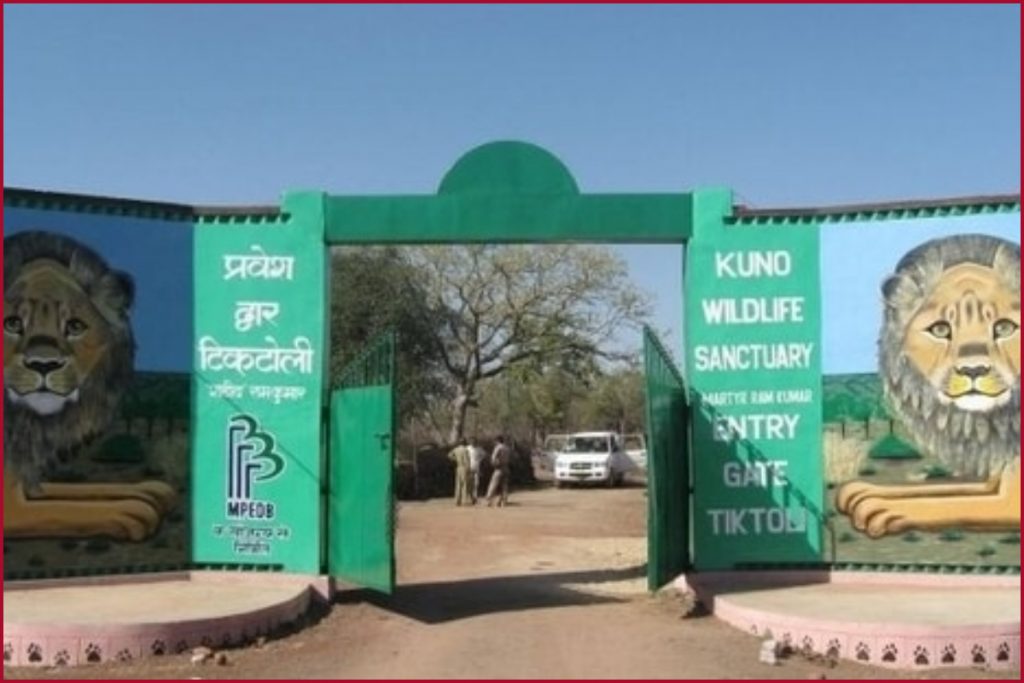New Delhi: The vast forest landscape of Kuno Palpur National Park of Madhya Pradesh has become home to eight African cheetahs. With no human settlements, the region is close to the Sal forests of Koriya, now in Chandigarh, where the native Asiatic Cheetah was last spotted almost 70 years ago.
Apart from the high altitudes, coasts, and northeast region, most parts of India are considered a cheetah habitat considering the climatic conditions which are most suited for the wild cats. Thus, several other sites were also considered for the project a decade ago.
Ten sites across Madhya Pradesh, Chhattisgarh, Rajasthan, Gujarat, and Uttar Pradesh were surveyed between 2010 and 2012. Later, Kuno was considered the most suitable place. Based on the assessment carried out by the Wildlife Institute of India and Wildlife Trust of India (WTI) depending on climatic variables, prey densities, the population of competing predators, and the historical range, Kuno was considered to be the most preferred habitat.
No human settlement
Though chances of conflict with humans are less as cheetahs do not prey on humans or attack large livestock, space is an important aspect for the wild cats who are also known as the fastest land animal.
Besides, high population density and depleting open grasslands pose a threat to animals in India.
Kuno is one of the few wildlife sites in the country where there has been a complete relocation of around 24 villages, and their domesticated livestock from inside the park years ago. The village sites and their agricultural fields have been covered by grasses and are managed by savannah habitats.
Co-existence of competing predators
Kuno is the home of four large felines in India namely – tiger, lion, leopard, and cheetah. The government’s plan ensured that the animals coexist as they did in the past. Though the only surviving population of lions is in Gujarat, Kuno was initially proposed to provide a second home.
The forest bears the significant number of leopards per 100 square kilometres. However, this remains a concern, taking into account, that the much-stronger leopard has an advantage over the slender cheetah whose strength mainly lies in its fast speed. Besides, they are assumed to be more adaptive potential and wilder animals than the cheetah.
Both are known to coexist in the wild if there is an adequate prey base and other resources. According to the authorities, prey restoration, reintroduction of lions, and colonisation of tigers in the future are both viable possibilities in the Kuno landscape.
An estimate by the government data states that the national park can be home to at least 21 cheetahs at present and if necessary efforts are taken and prey base is maintained, it can even hold as many as 36 cheetahs.
If the current translocation becomes successful, a plan will be made to establish a meta-population of cheetahs at Kuno and work towards translocating the wild cats to other selected locations.

